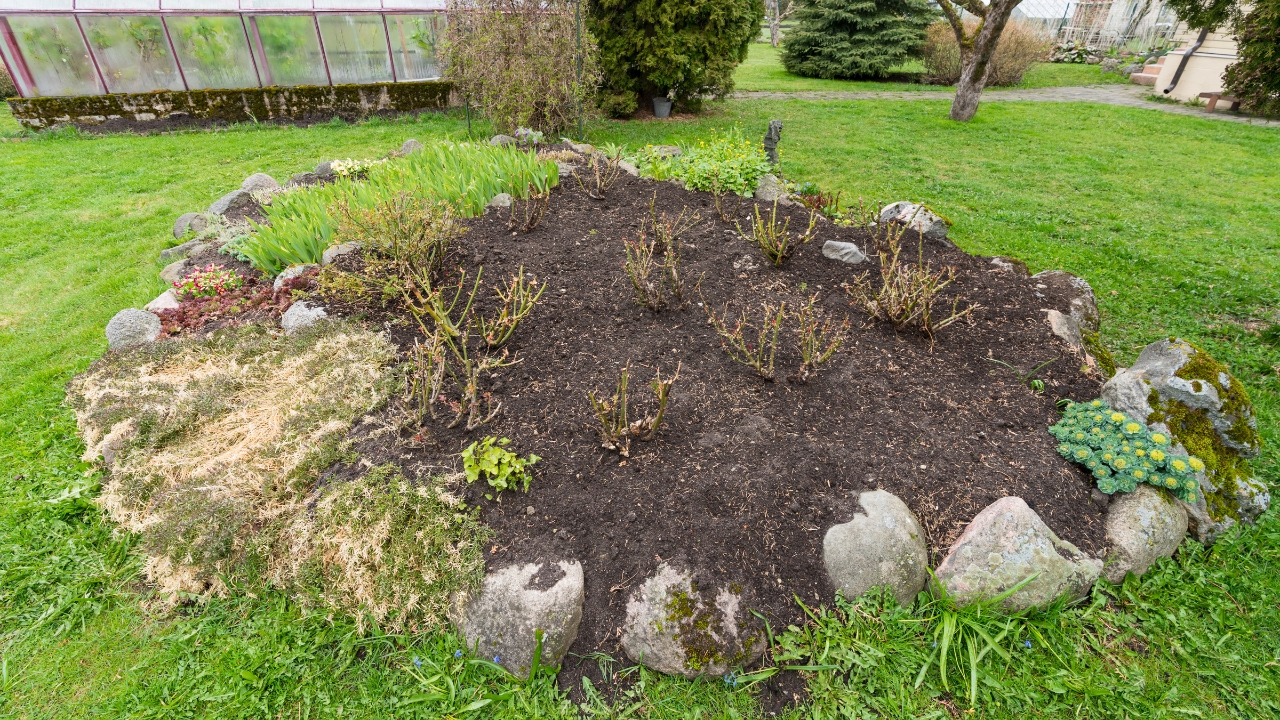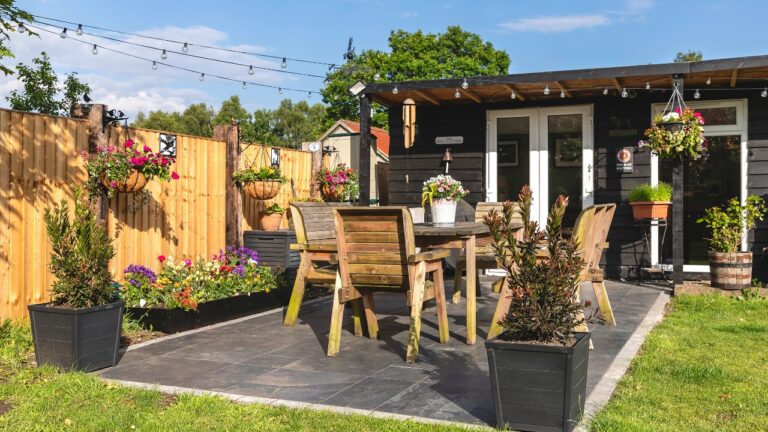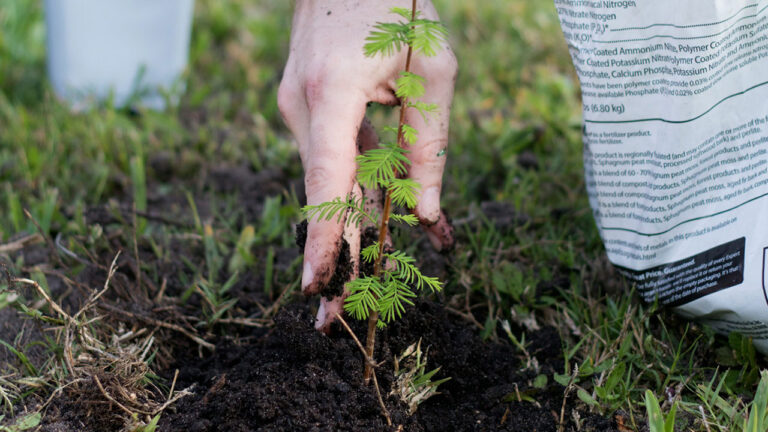12 garden layouts that beg weeds to take over
Weeds are opportunists. They don’t need much encouragement to move in, and certain garden layouts practically roll out the welcome mat. It’s not always about neglect—sometimes the way a garden is set up makes it harder to stay on top of weeds no matter how often you pull.
If your beds feel like a constant battle, these layout choices may be the reason.
Wide Open Soil Beds

Bare stretches of soil are the perfect breeding ground for weeds. With no competition and plenty of sunlight, weeds sprout fast and spread.
Covering exposed soil with mulch or ground cover plants helps keep them from taking root. Leaving beds wide open almost guarantees constant weeding.
Curvy, Complicated Borders

Curved borders look attractive, but they’re harder to maintain. Uneven lines leave gaps that are difficult to edge and easy for weeds to slip into.
Straight borders or defined edging make it easier to mow and control growth. The less fussy the line, the easier it is to keep weeds under control.
Gravel Beds Without Barriers
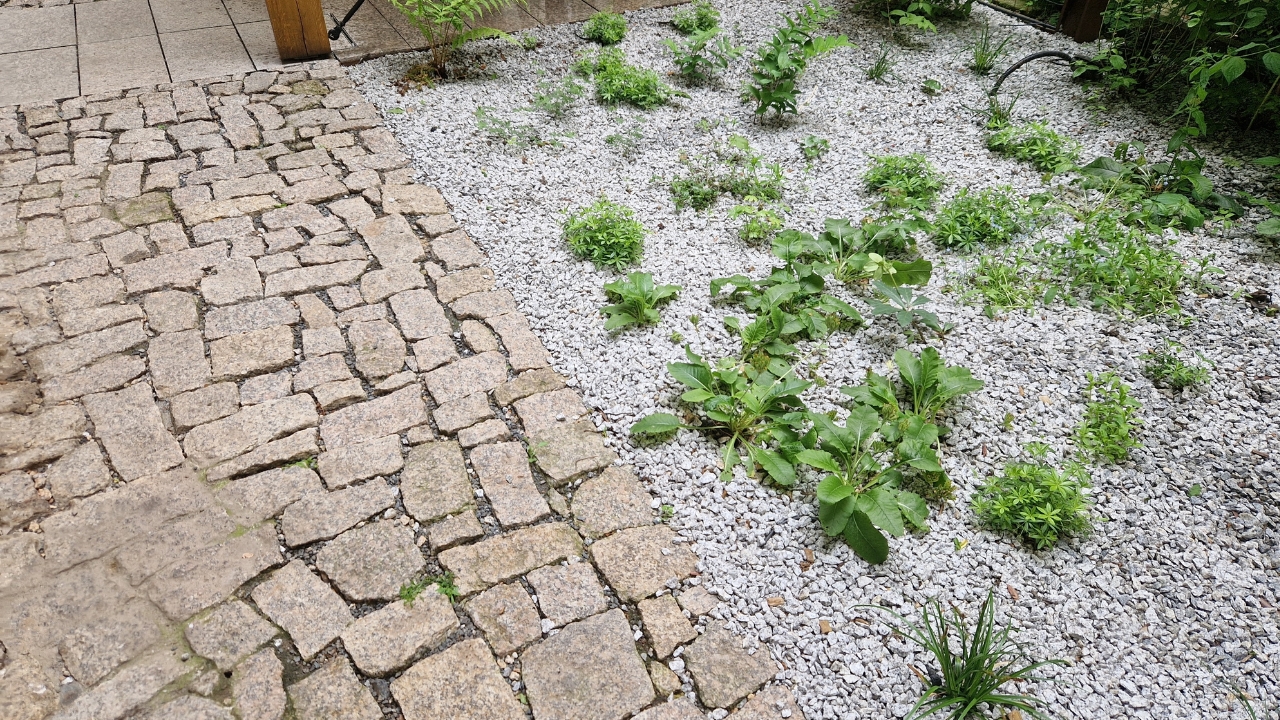
Gravel might seem low-maintenance, but without a proper weed barrier underneath, it quickly becomes a mess. Seeds blow in, settle between stones, and take off.
Once weeds get established in gravel, pulling them is tedious. A well-installed barrier fabric or thick layer of mulch helps cut down on the problem.
Overly Dense Planting

Cramming plants too close together may look lush at first, but airflow suffers. That weakened growth gives weeds an opening to sneak in between plants.
Spacing plants properly not only keeps them healthy but also makes it easier to spot and remove weeds before they spread.
Beds Without Defined Edges
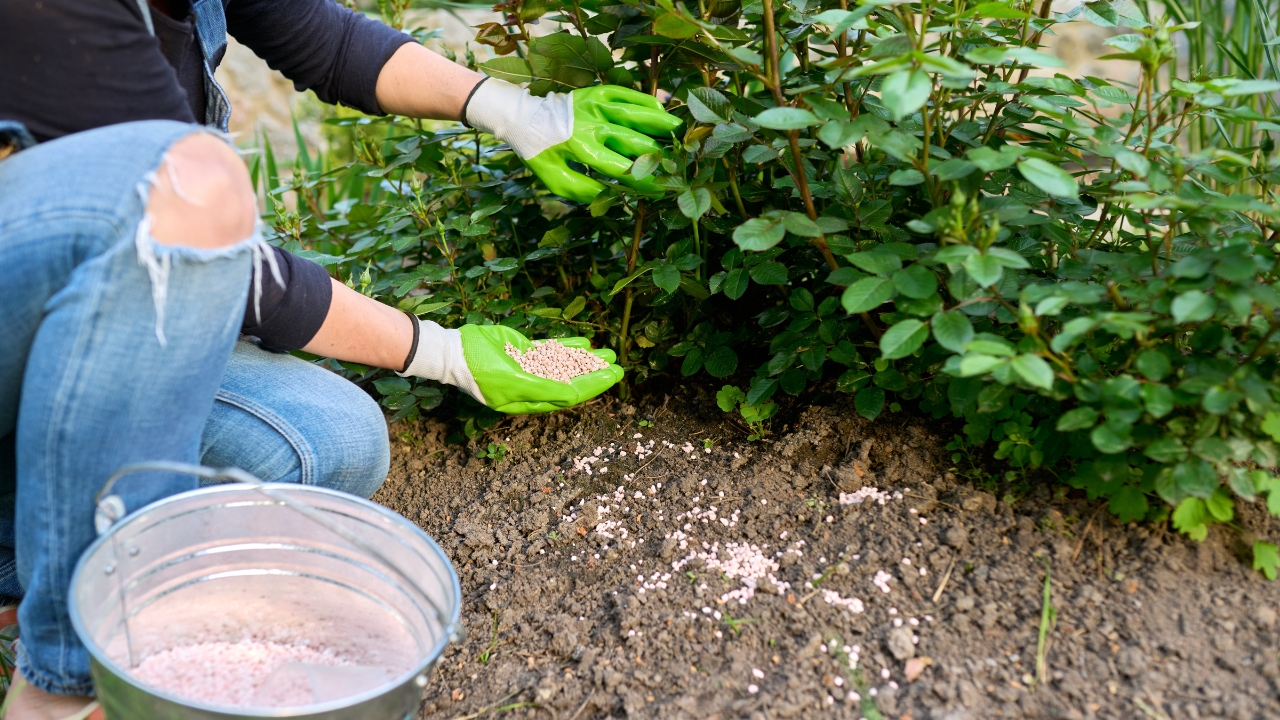
When garden beds run directly into the lawn, grass creeps in. Those invading blades spread quickly and blur the line between lawn and bed.
Using edging—stone, metal, or plastic—creates a clear barrier. Without it, weeds and grass will always win the border war.
Raised Beds Without Lining
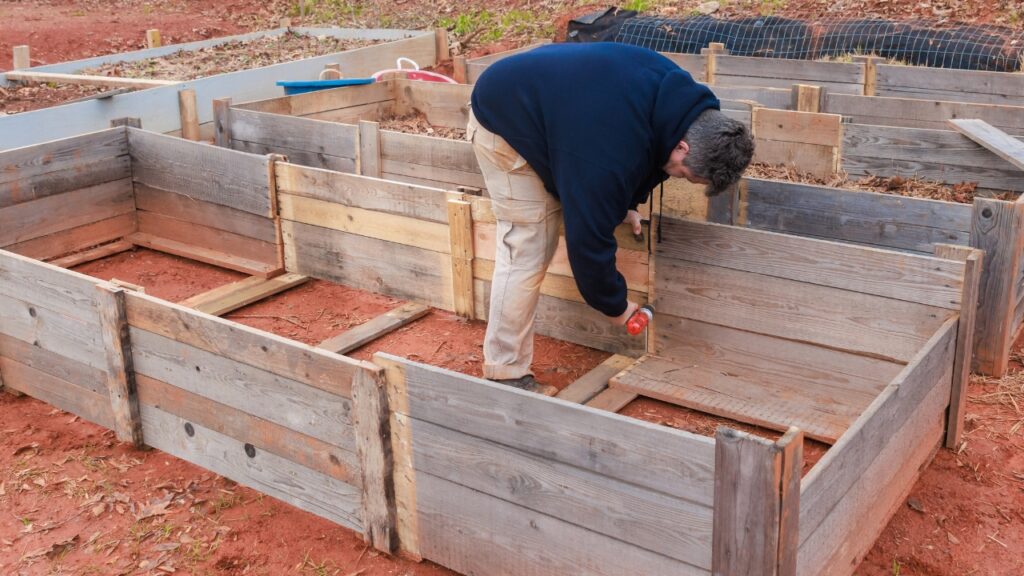
Unlined raised beds allow weeds from below to push through. Once they’re in, they’re tough to control without disturbing your crops.
Lining beds with landscape fabric before adding soil creates a barrier that stops deep-rooted weeds from taking over.
Large, Unbroken Rows

Long rows of vegetables or flowers without breaks make it harder to manage weeds. Any small invasion quickly spreads the full length of the row.
Breaking rows into sections or adding pathways makes it easier to reach and control weeds before they get out of hand.
Using Straw That Contains Seeds
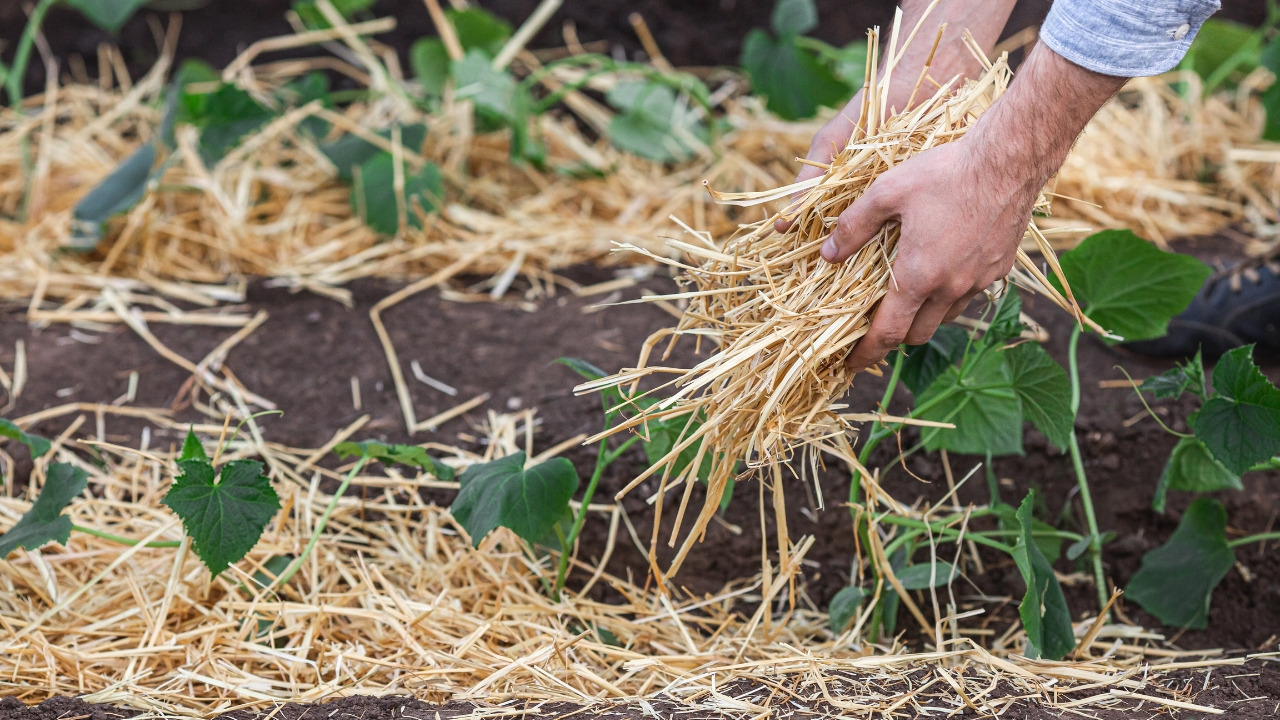
Mulching with poor-quality straw often introduces new weeds. The seeds hidden inside sprout right where you’re trying to block them.
Opt for seed-free straw or use bark mulch. The upfront cost saves hours of pulling volunteer weeds later.
Leaving Gaps Between Plants and Mulch

If mulch doesn’t extend to plant bases, weeds happily grow in the exposed soil. Those gaps are often overlooked until they’re full of sprouts.
Spreading mulch evenly and close to plants helps choke out weed growth and keeps the soil protected.
Poor Path Design
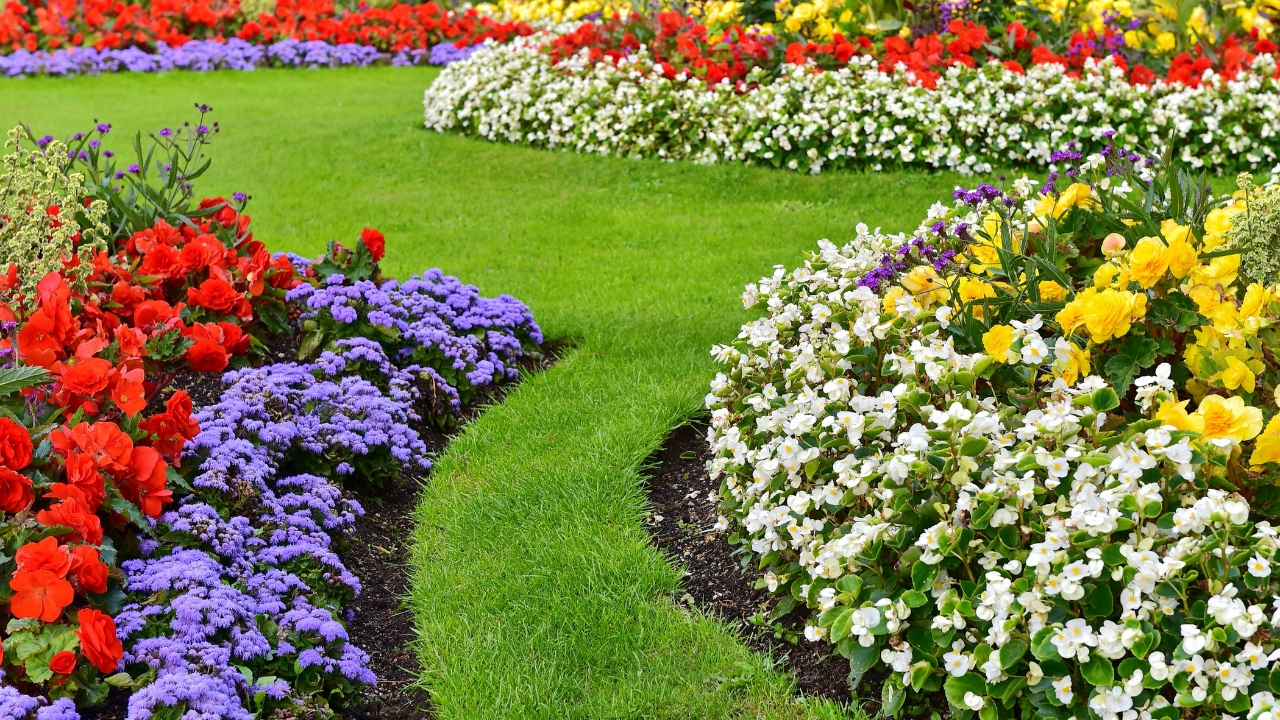
Grass paths between garden beds may look neat, but they constantly send roots and seeds into your planting areas.
Gravel, mulch, or stone paths reduce weed transfer and make it easier to keep the garden contained. Grass paths cause more trouble than they’re worth.
Overreliance on Groundcover Plants
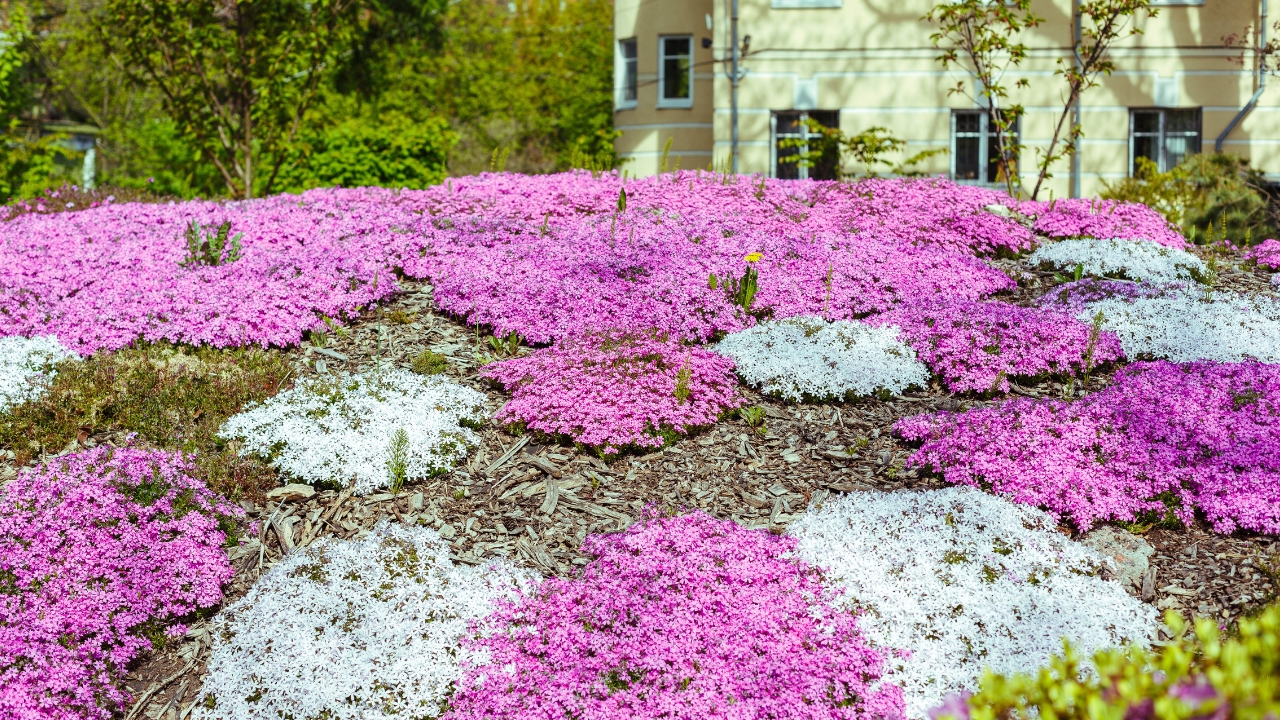
Groundcovers can be helpful, but planting the wrong ones creates a tangle where weeds thrive unnoticed.
Mixing too many aggressive spreaders leaves openings for weeds that are almost impossible to spot until they’re out of control.
Neglecting Seasonal Cleanup

Old plant material left in beds over winter gives weeds a head start in spring. They grow alongside last year’s leftovers before you’ve even planted.
Clearing beds at the end of each season cuts back on volunteer growth and gives you a fresh slate come spring.
*This article was developed with AI-powered tools and has been carefully reviewed by our editors.

